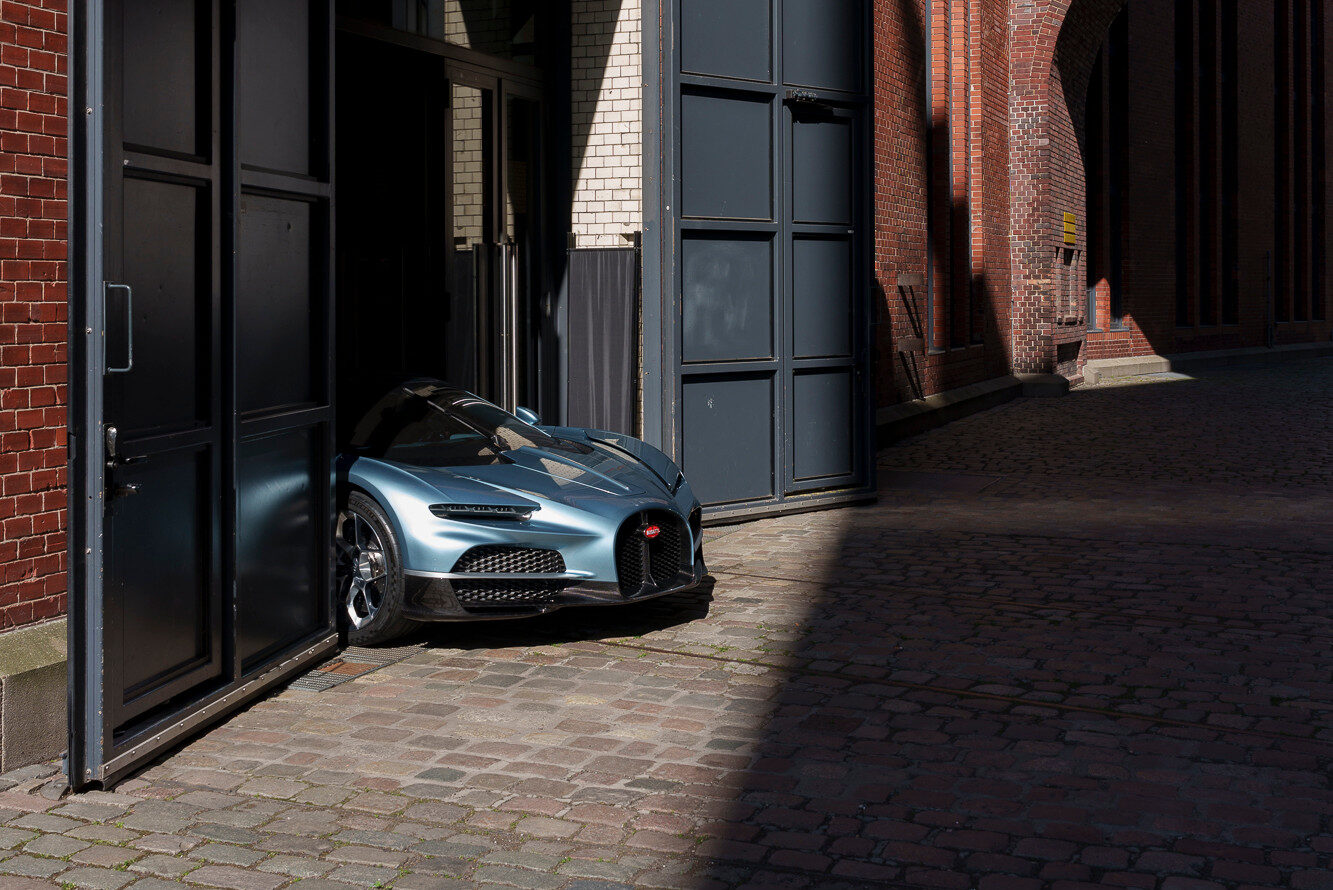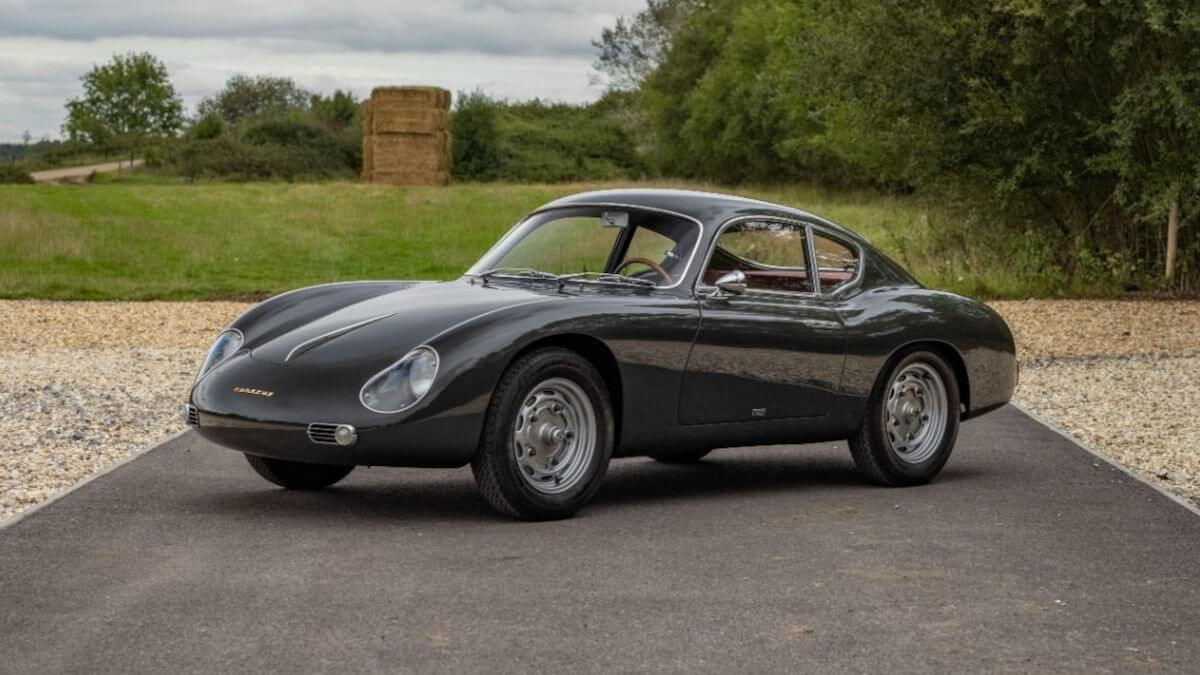Citroën Type C 5 HP
To reach the top of registration statistics with a brand new car brand within just a few years has only been achieved by a few people so far. One of them was André Citroën, who launched his first production car, the Type A 10 HP, in 1919 and was already firmly established in his home market France in the 1920s. His leasing and car rental programs also contributed to this. Known by only a few people nowadays: André Citroën also donated 165,000 road signs for French roads, established a company kindergarten, a company health insurance fund and a pension fund for his employees, let them play in a factory orchestra on request and showed various objects of other cultures, brought to France by the expeditions taken with the Type B halftrack vehicles in the 1920s, at schools around the country to allow children to think outside the box. On the occasion of the company’s centenary, Citroën is currently looking back at selected models of their history and has now arrived in the 1920s with the Type C 5 HP, which we would now like to introduce to you in more detail.
The Type C was presented to the public in 1921 as a new compact car. Under the direction of technical director Edmond Moyet they developed an open two- or three-seater (then with central rear seat), foldable fabric top and usually a so-called Torpedo body style, which had only a small door on the passenger’s side. On the driver’s side, the spare wheel could be mounted, which was even more important back in those days with usually loose road surface. André Citroën asked his engineers for a high level of serviceability and economy in his specification sheet, in order to also reach inexperienced drivers, women and younger drivers from the middle class. For this purpose they developed a four-cylinder engine with 856 cc of displacement and 11 hp. This enabled the car to reach a topspeed of 60 kph (37 mph) and to have an average fuel consumption of five liters per 100 kilometers.
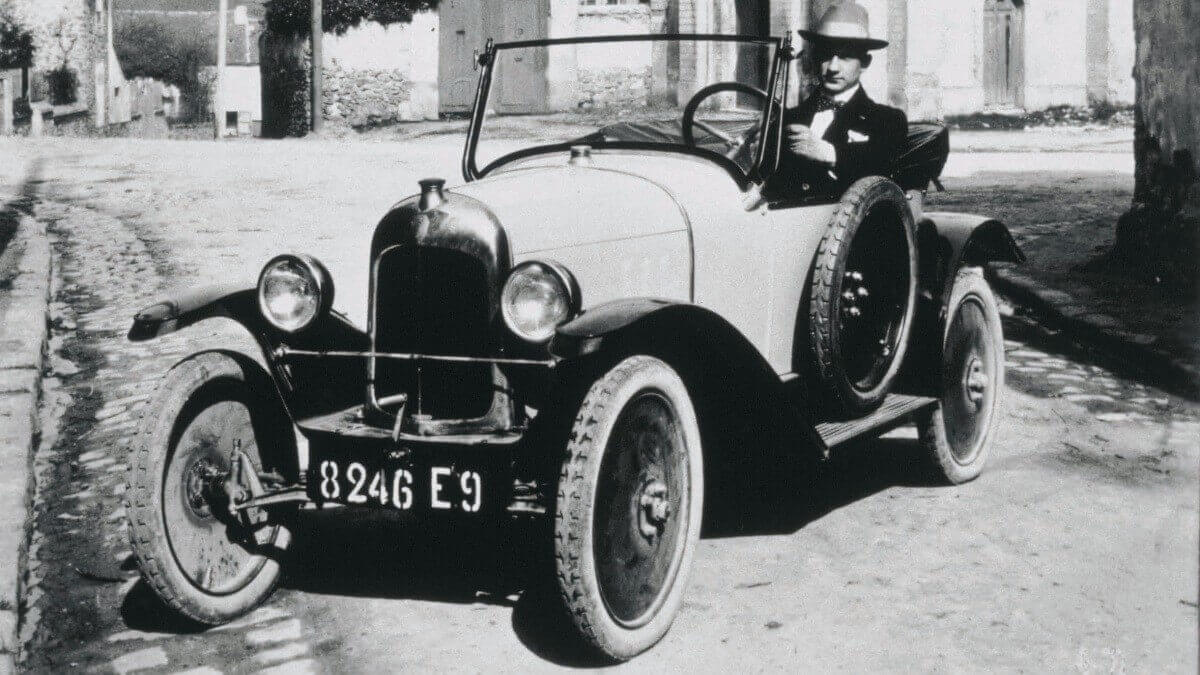



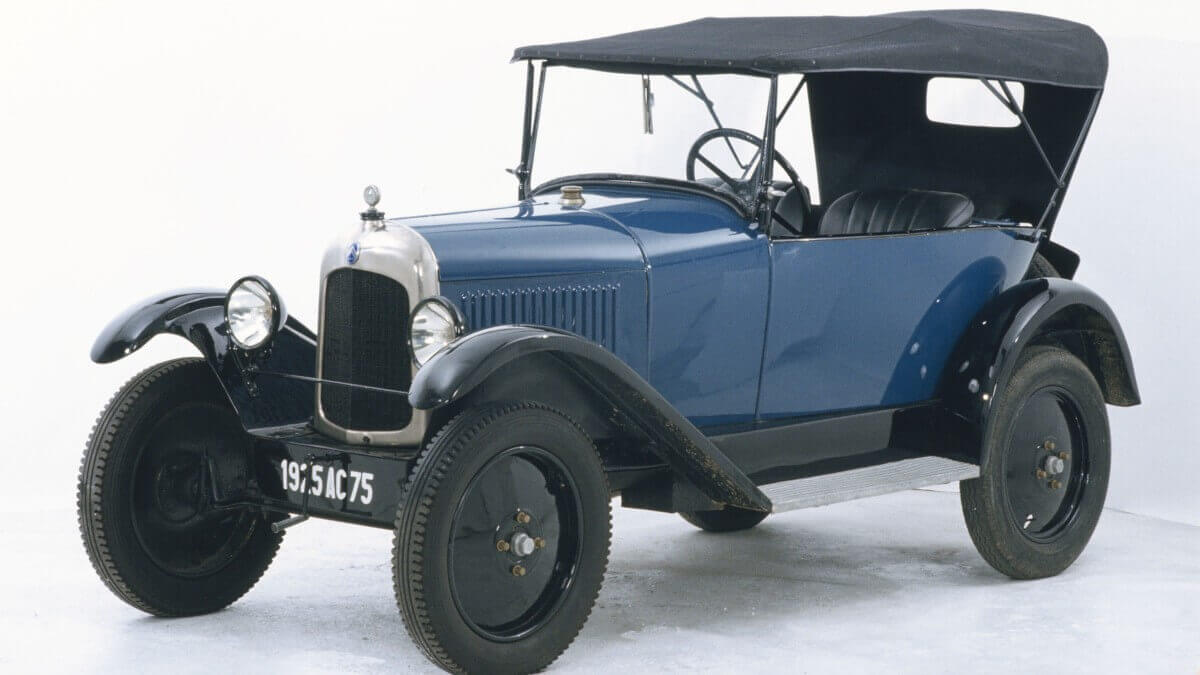

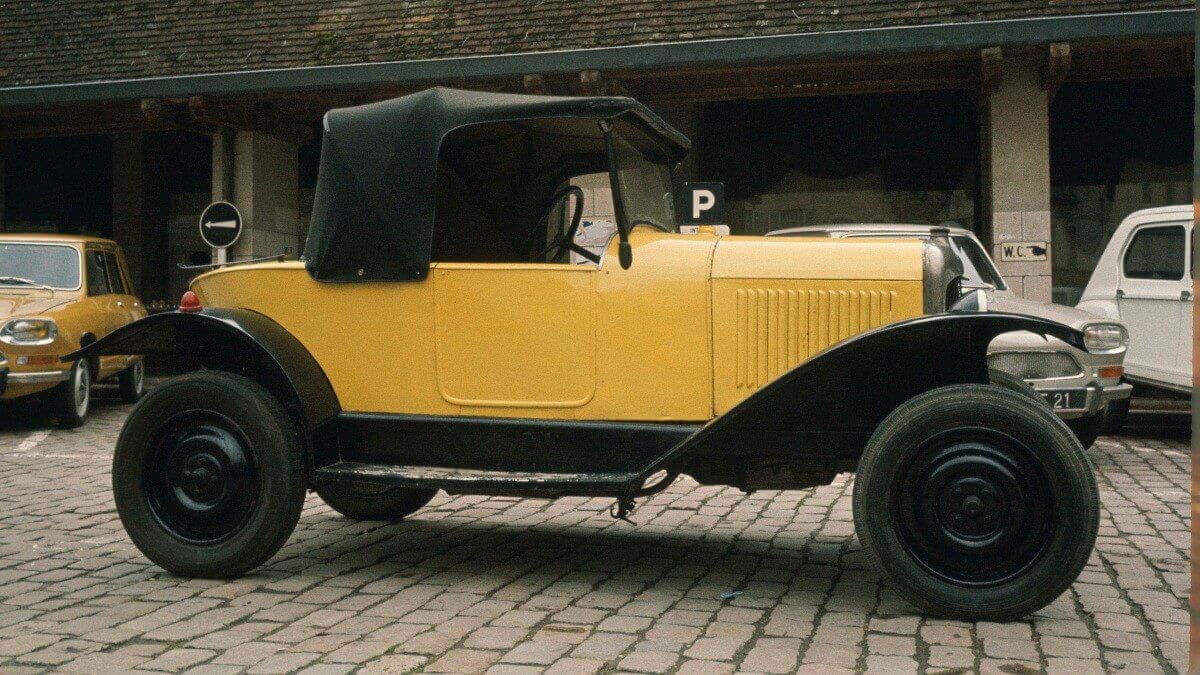

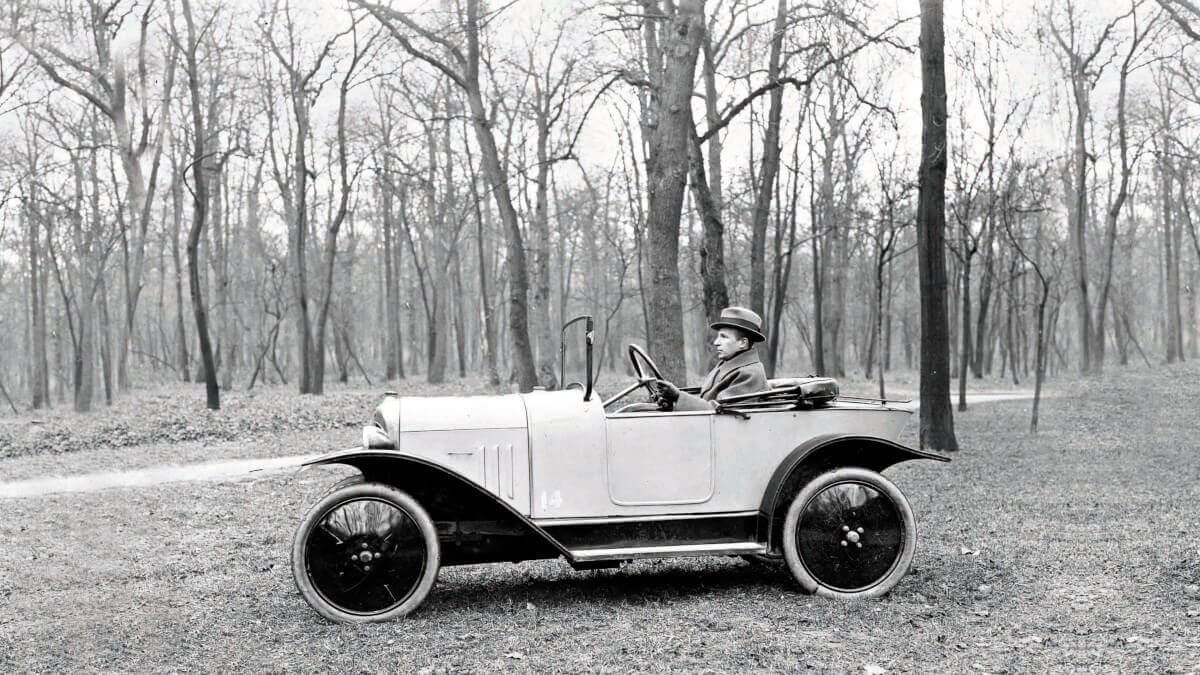

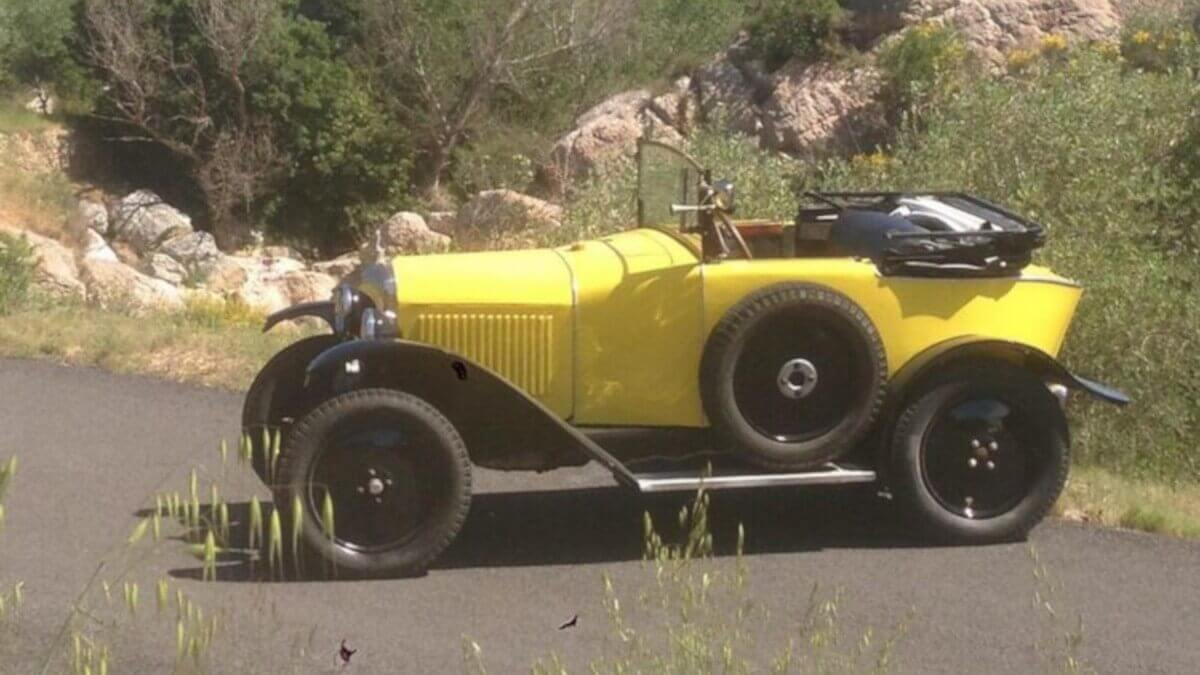

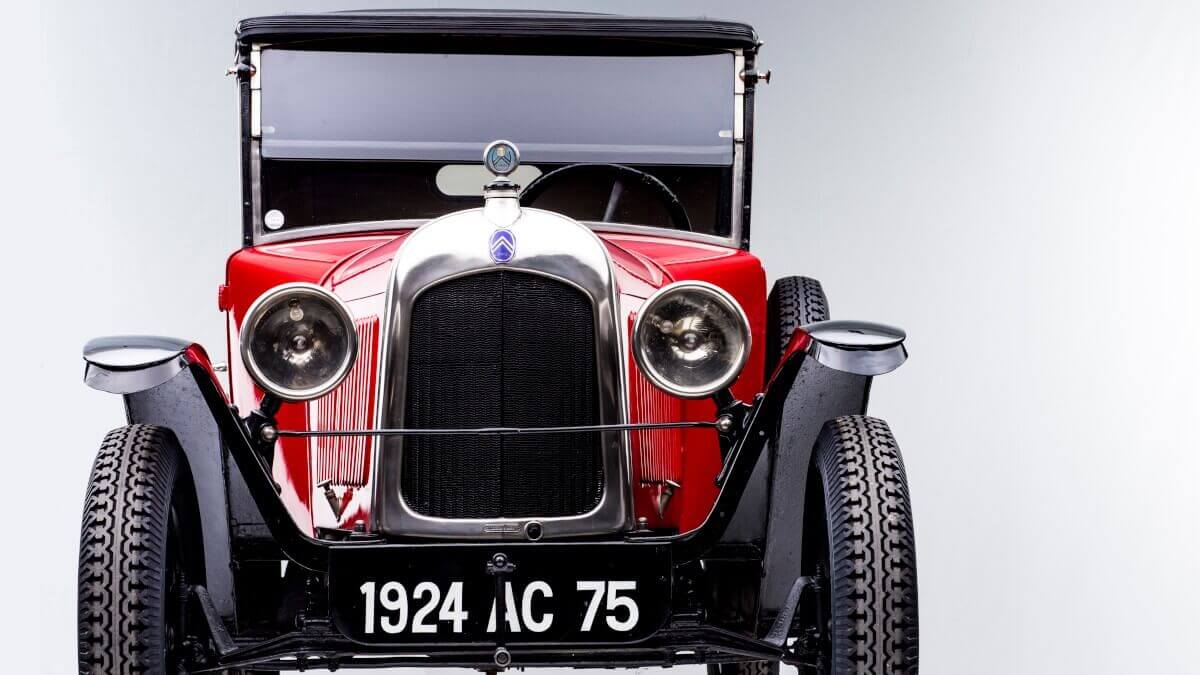

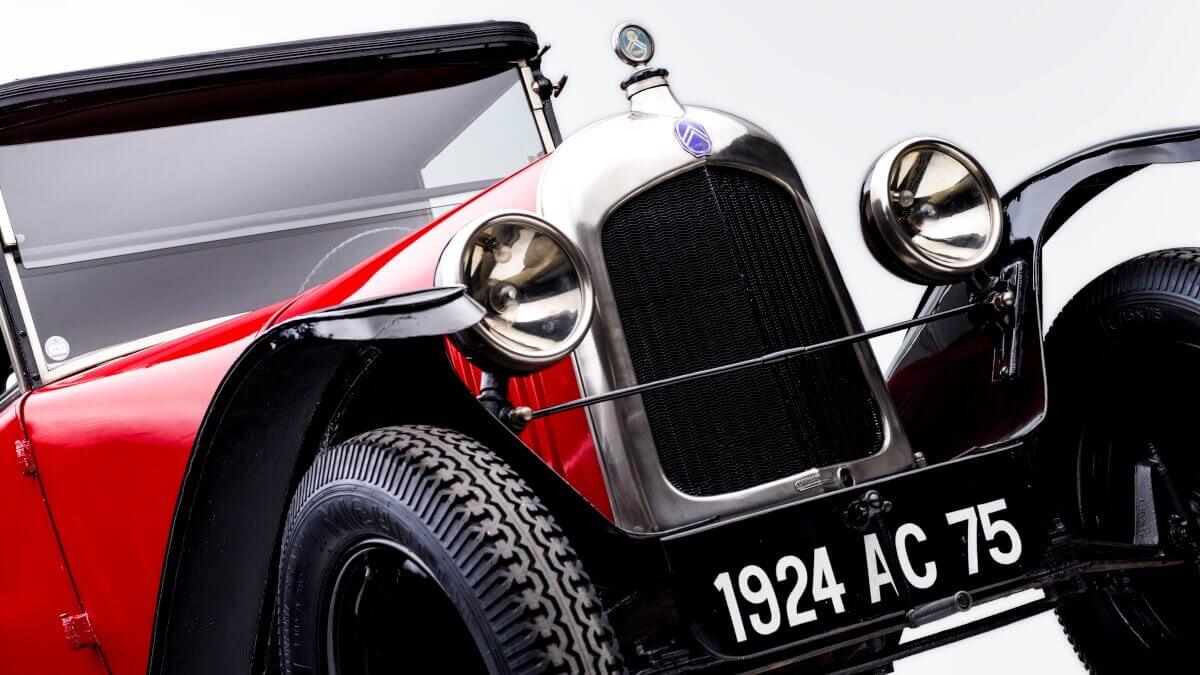

From 1922, the first copies were delivered. Initially, the vehicle was only available in bright yellow, which popularly led to the nickname ‘Little Lemon’. Until 1926 80,576 Type C emerged from the factory. In parallel Citroën offered the Type B as a successor to the original Type A. It got a stronger engine and a three-speed gearbox, both also used in the half-track vehicles, which were sent to conquer the African Sahara desert and the East of Asia. With the successor model B10, Citroën started to use bodies made completely from steel.
In Germany, the Citroën Type C gained a certain notoriety, since Opel used it as a blueprint for their 4/12 PS, offered from 1924. This was, on the one hand, the first model of the brand produced on an assembly line, but on the other, it was what today would be considered a clear plagiarism. In court, Opel came through with the argument that they had built their own design for the grille and also only offered the car in green, while the Citroën was mainly available in yellow. This probably led to the manifestation of the German saying “dasselbe in grün” (the same in green). The color itself also helped the Opel to its nickname ‘Laubfrosch’ (tree frog). Today, both brands belong to the PSA Group, where badge engineering is a very common thing.
Images: Citroën



